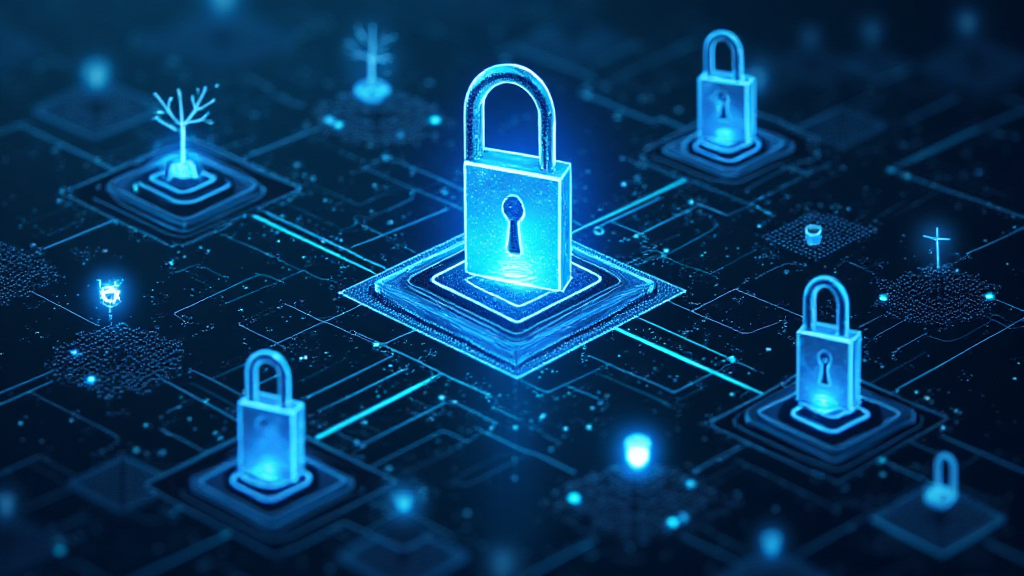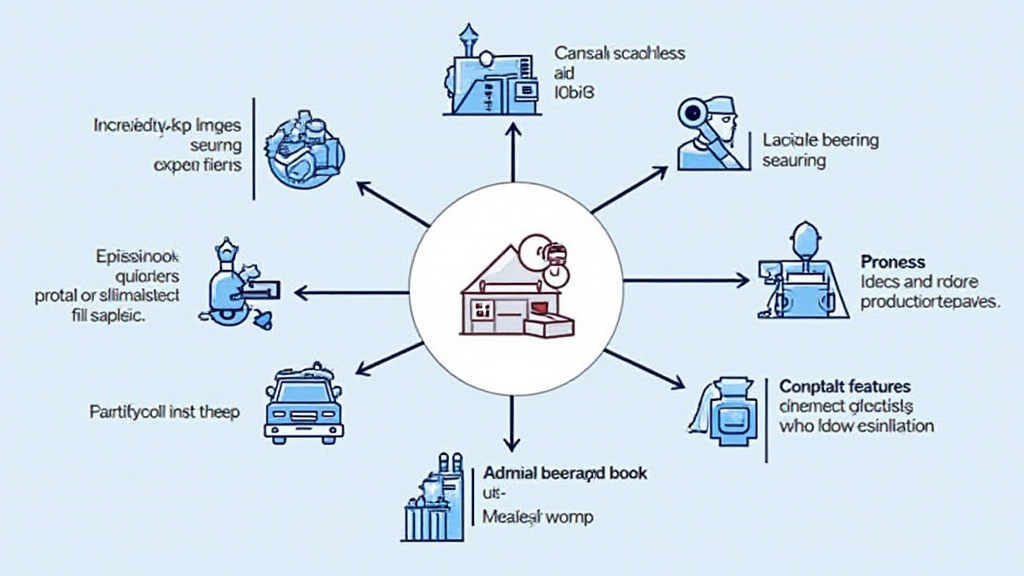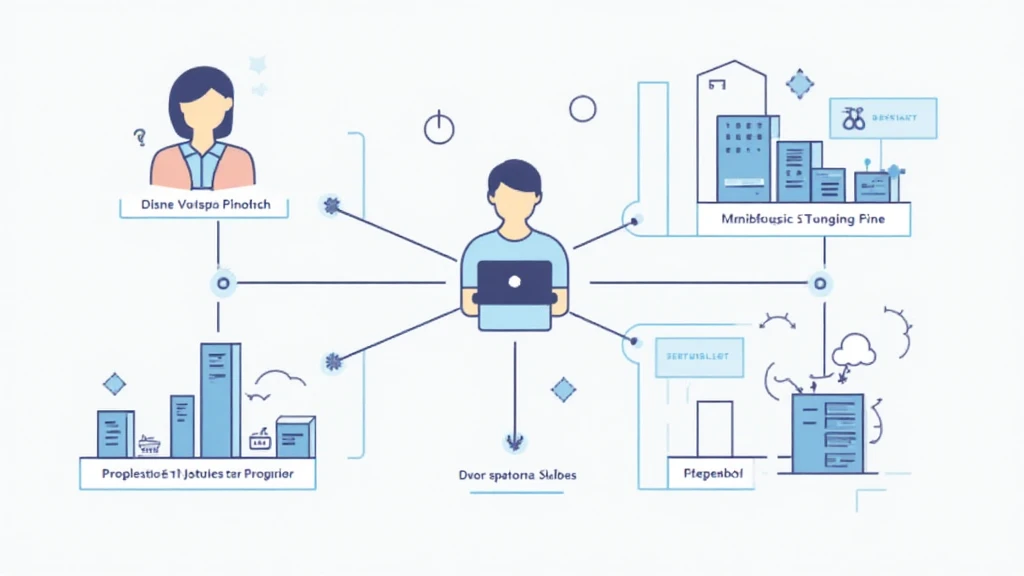Introduction
With an alarming $4.1 billion lost to DeFi hacks in 2024 alone, the need to solidify blockchain security standards in 2025 has never been more urgent. As digital assets gain traction globally, including in emerging markets like Vietnam, understanding these security standards is crucial for investors and platforms alike.
This article offers a comprehensive guide tailored for those looking to safeguard their digital assets on cryptocurrency platforms like mycryptodictionary. We will delve into the evolving landscape of blockchain security and provide practical insights that will help in mitigating risks.
Why Blockchain Security Matters?
Before we dive into the technicalities, let’s grasp the importance of blockchain security. Imagine a traditional bank vault; it is physical security for your money, ensuring only authorized access. Similarly, blockchain security serves as a protective barrier for your digital assets.

As of 2025, Vietnam stands as a burgeoning market for cryptocurrencies, experiencing a user growth rate of over 300% this year. However, with the rapid expansion comes increased vulnerability to hacks, scams, and fraudulent activities. Therefore, implementing robust security practices is non-negotiable.
Understanding the Different Aspects of Blockchain Security
- Consensus Mechanisms: These are fundamental in maintaining the integrity of the blockchain. Different mechanisms, like Proof of Work and Proof of Stake, each have unique vulnerabilities.
- Smart Contract Security: Coding errors or loopholes in smart contracts can lead to significant asset loss. Regular audits and testing are crucial. (For more on this, check out our article on how to audit smart contracts)
- Decentralized vs Centralized Security: Understand the pros and cons of both systems. Centralized exchanges are often targets for hacks, while decentralized platforms may face challenges in user authentication.
2025’s Key Blockchain Security Standards
As we progress into 2025, here are pivotal security standards every crypto investor should be aware of:
1. Enhanced Multi-Factor Authentication (MFA)
Just as a locksmith upgrades your home security, multifactor authentication elevates the protection of your digital assets. This involves using additional verification steps such as:
- Biometric scans (fingerprint or retina)
- SMS or email codes
- Hardware tokens like YubiKey
Factoring these elements can reduce the risk of unauthorized access by over 90%, ensuring that only you have entry to your accounts.
2. Regular Smart Contract Audits
In 2025, the emphasis on auditing smart contracts will escalate, particularly in Vietnam’s growing DeFi space. Engaging professionals familiar with security flaws like reentrancy attacks can help secure your transactions. For comprehensive tools, consider firms with proven expertise in blockchain technology.
3. Blockchain Security Frameworks
Frameworks such as tokenization and encryption of data will become industry standards. These techniques protect sensitive data exchanged on the blockchain, making unauthorized access nearly impossible.
Demystifying Security Vulnerabilities
Even with the best practices implemented, vulnerabilities persist in the blockchain. Here’s a breakdown of common security risks:
- Phishing attacks targeting users to steal keys.
- 51% attacks can compromise the integrity of blockchain data.
- Critical vulnerabilities within decentralized applications (dApps) that pose risks to user funds.
Best Practices for Investing in Cryptocurrency in 2025
Investing can be daunting, especially with the rise of security threats. Here are actionable tips:
- Use Reputable Exchanges: Only transact through platforms with a proven track record in security.
- Cold Storage: Store your assets in hardware wallets offline, reducing exposure to online threats.
- Stay Informed: Regularly update yourself about the latest in blockchain security trends and advancements, with a note to follow hibt.com for insights.
Conclusion
In summary, the journey towards robust blockchain security in 2025 hinges on understanding the various standards, practices, and risks. In light of the data compiled, from increased investments to radical changes in theft statistics, it’s clear that staying safe is of utmost importance. By engaging with platforms like mycryptodictionary and employing best practices, you’re not just safeguarding your assets but also contributing to a more secure crypto landscape.
As we embrace the future of digital assets, listen to the cautionary tales and safeguard your investments wisely. Remember, much like securing your home, protecting your cryptocurrency is an ongoing commitment.
Author: Dr. Alex Richardson
A blockchain security expert who has published over 20 articles in the field and led notable audits for leading projects in the cryptocurrency sector.





